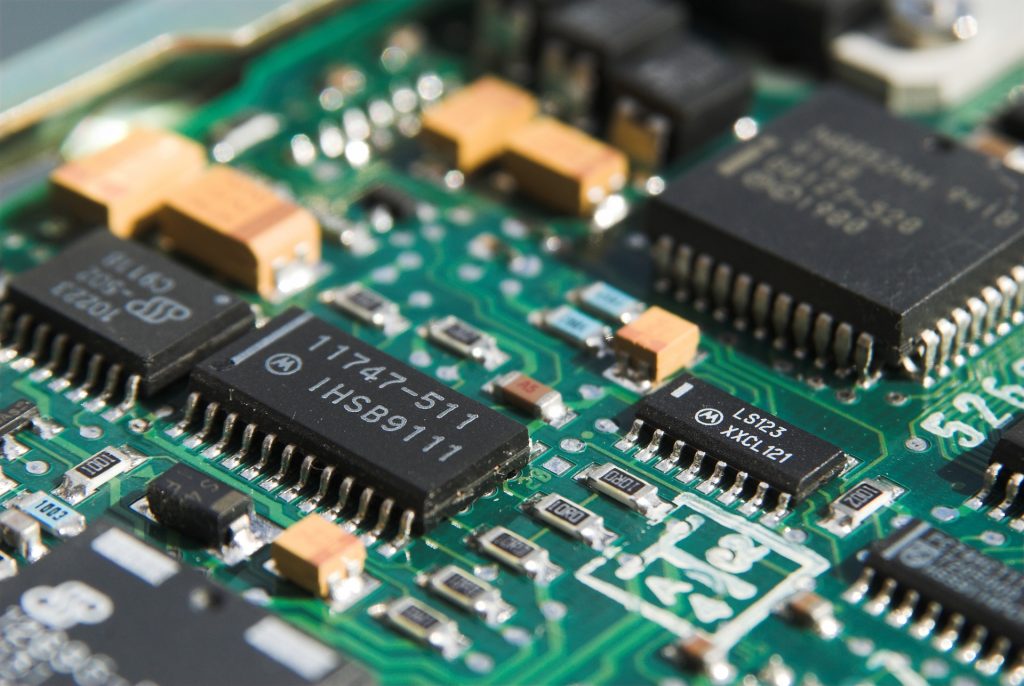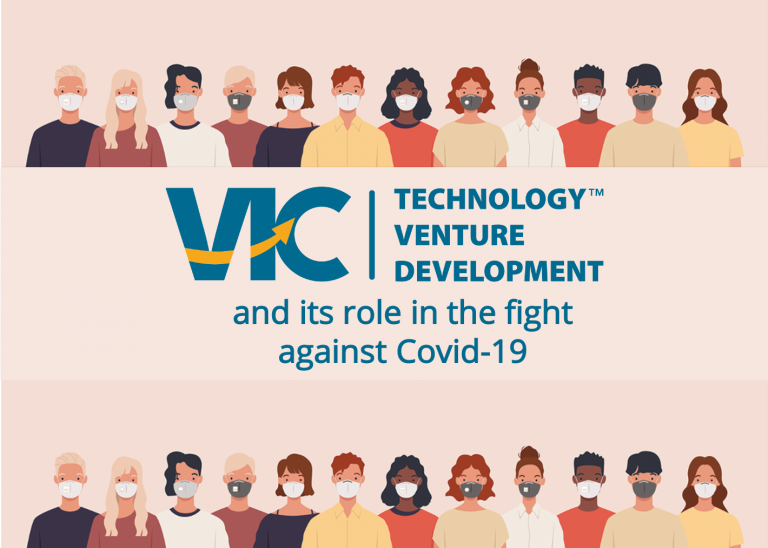Hardware startups grow differently than software-only startups, but when founders take advantage of new resources, we believe they can claim their rightful place among the most successful tech companies in the world.

The hardware narrative
Everyone knows about the Meteoric rise of Lyft and Spotify. Software – and particularly consumer-facing apps – have an edge in venture capital, in that it is easier for them to model growth and promise quick returns.
Hardware startups are different. These startups attack some of the hardest problems in tech: breakthroughs in engineering, computer science, biotech, and other disciplines. The complexity of working in the physical world means there is a greater need for upfront investment, and less flexibility around product/market fit.
Here are some key challenges hardware startups tend to face:
- Navigating complex regulations
- The need for expensive equipment and other investments
- Disrupting capital-intensive industries
- Long gestation periods (length of time required to prototype and test)
- The need to hire talent with specialized skills
All told, these factors can make it more challenging for hardware startups to get venture capital dollars in the door. These challenges make hardware startups a bigger risk for investors and raise the spectre of the “valley of death.”
Hardware better, faster, stronger
But what do entrepreneurs do when they face challenges? They innovate.
Today’s hardware startups have new resources at their fingertips for prototyping, funding, and networking. These new resources are setting the hardware startup community up for success, despite the struggles of the hardware world.
Here are some of the resources that leading hardware startups can take advantage of as they finetune their tech – and sail carefree over the “valley of death.”
- Agile design processes. New tools for hardware design are making startups more like software companies. Additive manufacturing and new design tools can make it easier to iterate on a product design and reduce complexity of prototyping.
- Use visuals to tell your story. One huge advantage that hardware companies have over software companies is the visual nature of a hardware pitch. Make a video that shows someone using your product. Hardware has a visual nature that makes your startup more compelling to journalists (email them your video), investors and partners (show them your video on Seedsprint), and potential crowdfunding audiences (like this $20m fundraise for a smart watch).
- Tap into local institutions for in-kind resources like space and equipment. Universities and cities often provide venture support services for faculty startups or entrepreneurs who want to license university IP. These services might include access to makerspaces and manufacturing equipment. Some metropolitan areas are even starting to do the same – for example, New York City’s initiative Futureworks Shops grants entrepreneurs access to advanced manufacturing facilities in the city.
- Seek out active communities of makers. Hardware geeks love to gather. What’s more fun that showing off something you built from scratch, or discussing the newest 3D printing tools with fellow hardware enthusiasts? Meetup groups, local makerspaces, and gatherings like Maker Faire are a great place to find talent.
- Find a specialized accelerator to boost growth. HAX (below), EnterpriseWorks, Cicada, CITRIS Foundry, and others like them can be an excellent resource for networking and expert guidance.
- Travel to get further, faster. Sometimes, an accelerator program that’s far from your home base could pay off. We find the HAX model to be very compelling. The accelerator takes promising hardware startups from all over the world and incubates them in Shenzen, China to bring entrepeneurs closer to potential factories and reduce the cost of product development.
- Partnerships with large enterprise – including software companies. On the day that Google acquired Nest, everyone in the hardware community took a step back to reassess who their potential partners were. Overall, partnerships can make or break your hardware startup – so keep an open mind. You can use Seedsprint to see which big companies are interested in what you’re doing. We agree with TechCrunch that “Open innovation models that support startups to refine, validate and commercialize their technologies can be the spark to a future ablaze with possibility.”
Interested in finding new partners to help take your hardware startup to the next level? List your startup for free on Seedsprint.



